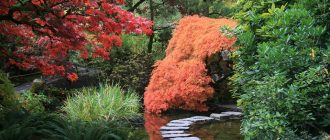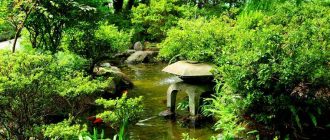Interested in art related to Buddhism in Japan? Find out about the Japanese Buddhist art legacy that came about as a direct influence of the dharma.
Buddhist art actually originated in the Indian subcontinent. With the passage of time and contact with other cultures throughout Asia the religion and the art form spread to other places including Japan.
The art form basically followed the believers of the dharma who were growing in number and spreading around in Asia. From the north through to Central Asia and then into Eastern Asia Buddhism was spreading like wild fire. It extended all the way to Southeast Asia.
The art scene in Japan prior to the advent of Buddhism had been influenced by a variety of art movements and cultures. The Yayoi and Kofun periods had just come to pass leaving their mark on the Japanese art culture.
It was in the 6th century that Buddhism made its way to Japan. Missionary monks made their way to the nation with their scriptures and art work hoping to attract the unaware masses. Today Japan stands as the largest Buddhist nation in the world. When Buddhism was disappearing in India it was picking up in Japan.
Following the advent of the religion into the country Buddhist art began to flourish in a number of ways. The landscape was dotted with numerous monasteries and temples. Some of the most prominent buildings inspired by Buddhism are the Golden Hall of the Horyuki, the five story pagoda and the Kofuku-ji temple in the city of Nara.
Japanese Buddhist painting & sculpture
Buddhist art also flourished in the form of paintings and sculptures. The government was involved in sponsoring a host of artists in order to create numerous paintings and sculptures. The art of the time revolved around realism and had a very graceful appeal. This was the result of Korean, Chinese and Hellenistic influences that had come together to form a unique style.
The period ranging from the 8th century through to the 13th century saw Buddhist art flourish to a great extent. The Nara period as well as the Heian and Kamakura period is known for their Buddhist art. The Japanese artists developed rich figurative art that was used in order to depict their deities. Hindu and Shinto influence were also apparent in such works. In general Buddhist art appeared to be extremely varied but at the same time very creative and bold.
The time period after the thirteenth century saw a transition from the orthodox Buddhist art towards Zen art. This was the philosophy introduced into Japan through the Eisai and Dogen on their return trip from China. A host of original pottery and paintings reflecting their desire to uncover the true meaning of life can be found belonging to this time period. Other art forms like Ikebana and martial arts also sprung up during these times.
Today Japan is home to around 80,000 Buddhist temples. The majority of these temples have been made from wood and have undergone massive restoration for the purpose of preservation.





